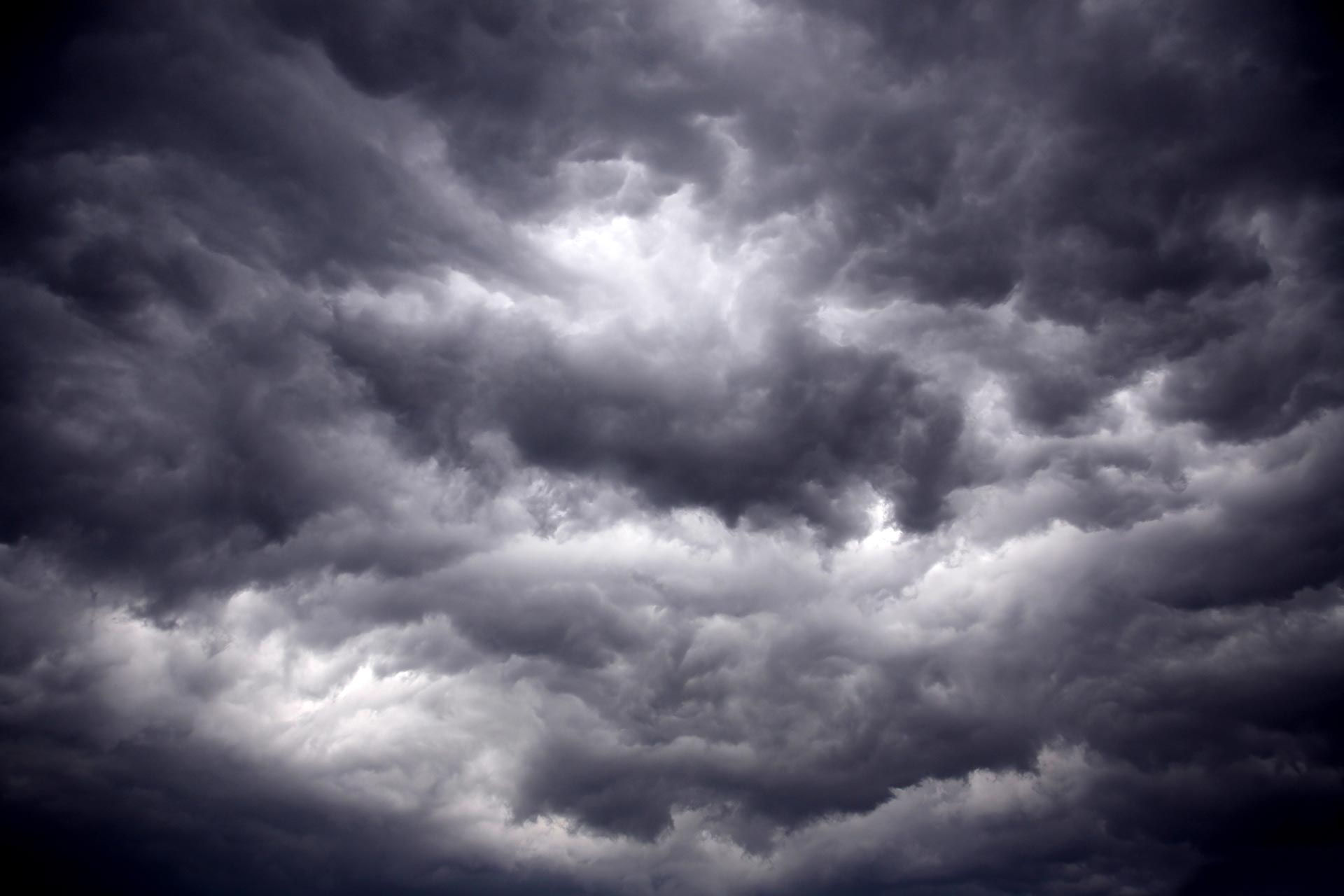STEVE'S WILD WORLD OF WEATHER...
- terryswails1
- Jul 13, 2022
- 3 min read

When I'm wondering about weather folklore and historical events this is the man I go to. With more than 50 years of statistical and observational research, he's the dude! When it comes to lunar cycles, woolly bear caterpillars, insects, bugs, and animals, he tracks them, records them, and establishes ties to weather patterns. Only one person takes climatology to a level like this. His name is Steve Gottschalk by way of Lowden, Iowa. He's a knowledgeable and interesting man. I'm grateful to him for lending his unique perspective to the site. Steve's "wild" world of weather can be found regularly right here on TSwails.com. Take it away Steve!
Climate Change: It's Getting Windier

I have kept track of the number of days with wind gusts of 25 mph or higher since 1977. Looking over the number of days for each month I have seen an increase in all 12 months, some more than others. I compared the difference between the 2 periods 1977-1999 and from 2000 to the present. Here is a breakdown for each month. Since 2000 we have had:
January - 1 more day
February - 3 more days
March - 1 more day
April - 1 more days
May - 5 more days
June - 3 more days
July - 3 more days
August - 3 more days
September - 3 more days
October - 3 more days
November - 1 more day
December - 1 more day
All 4 seasons has seen an increase in the number of days with 25 mph or higher wind gusts.
Winter has 5 more days
Spring has 7 more days
Summer has 9 more days
Fall has 7 more days
I will have more on climate change in my next blog.
Our Wettest Day Of The Month:
According to my rainfall records, the wettest day of the month so far this year has been the 5th and the 24th with measurable rainfall on 5 of the first 6 months. The driest days were the 9th and the 27th with just traces recorded.
Best Chance To See A 90 Degree Day In July:
Going through my records I have found that the most likely days to see a 90 degree day during the month of July is the 4th, 5th, 7th-10th, 17th-20th and the 30th. The least likely days were 1st-3rd, 6th, 24th and the 26th.
July Of 1868 Was A Scorcher!
I found this in my old weather journal. Dated 1868
July 12th - the weather has been very warm, today's temperature was 95 degrees.
July 13th-14th - 100 degree temperatures both days, there were reports of heatstroke in the county.
July 18th - the thermometer was up to 98 degrees.
July 20th - the temperatures have been above 90 since the 9th.
July 31st - we had 25 days with temperatures in the 90's this month.
First Dog Day Cicada:

I heard my first cicada singing at 9:00 p.m. on the 10th. They are about a week later than usual this year. According to the folklore, our first frost will be in 12 weeks which would be September 20th or in 3 months which would be October 10th.
A Super Heat Wave:
On July 12-15, 1995 a record breaking heat wave parked itself across the Midwest with high temperatures and extreme dew points resulting in dangerous heat index values. Most stations across Iowa had heat index values exceeding 120 degrees on the 12th and 13th. Many locations had dew points in the lower 80's throughout the night, especially in eastern and southeast Iowa. On the 12th the thermometer at Sioux City hit 108 and at 6:00 p.m. The temperature was 100 degrees at Cedar Rapids with a dew point of 85 and a neat index of 131 degrees. I had a heat index of 126 on the 12th and 131 on the 13th.
Near Storm Lake a turkey farm lost nearly 120,000 birds to the heat in 24 hours. Across the state more than 300,000 turkeys and 4,000 head of cattle were killed.

Across the state of Iowa 4 deaths were attributed to the heat. In the Chicago are there were 700 deaths during the heat wave and many others died in St. Louis, Milwaukee and other large cities in the Midwest. The number of deaths that occurred during the July 1995 heat wave exceeded the average number of lives lost each year in the United States to floods, hurricanes, and tornadoes.

That's all for this edition. On the wild side of weather, I'm Steve Gottschalk.













Comments